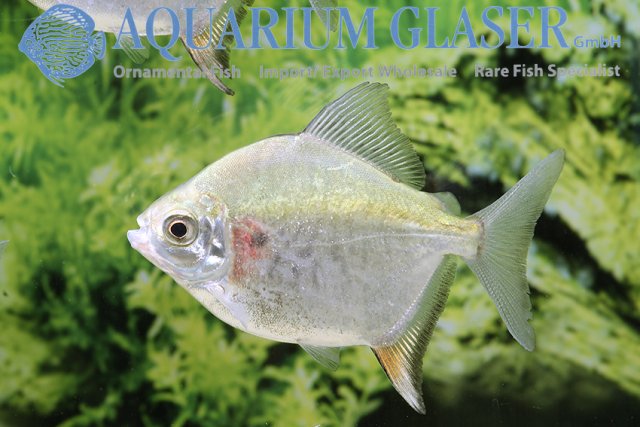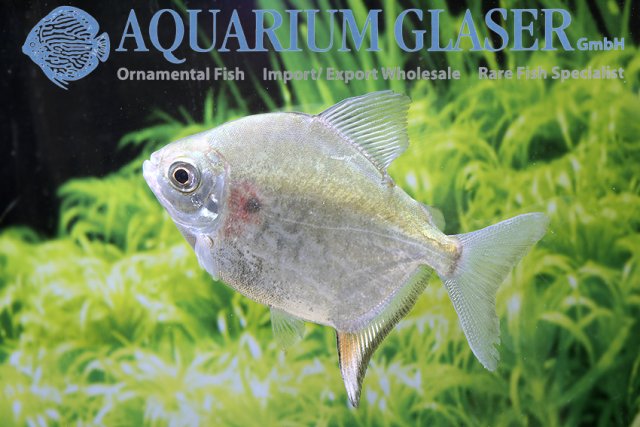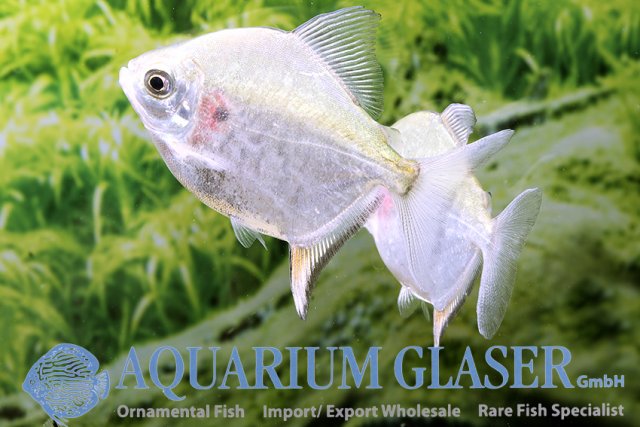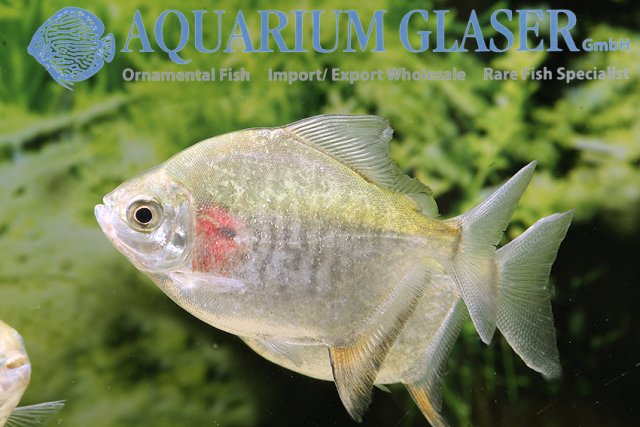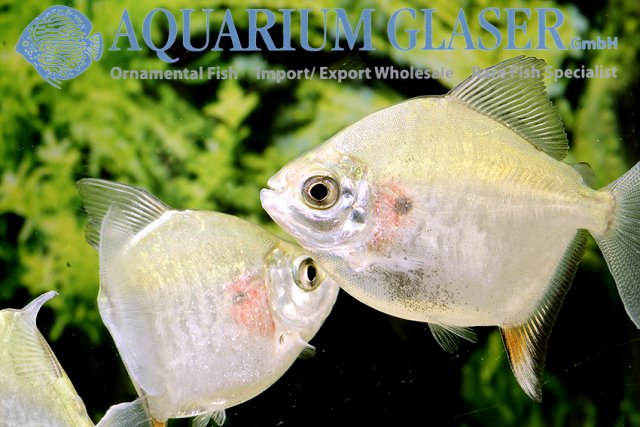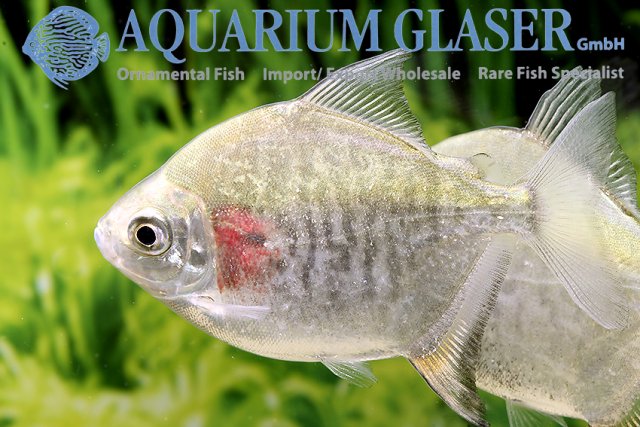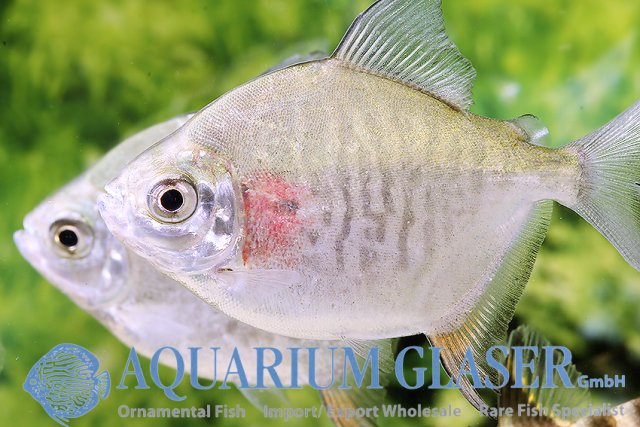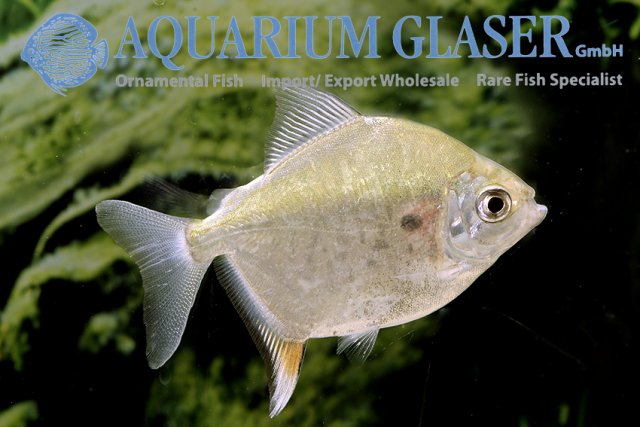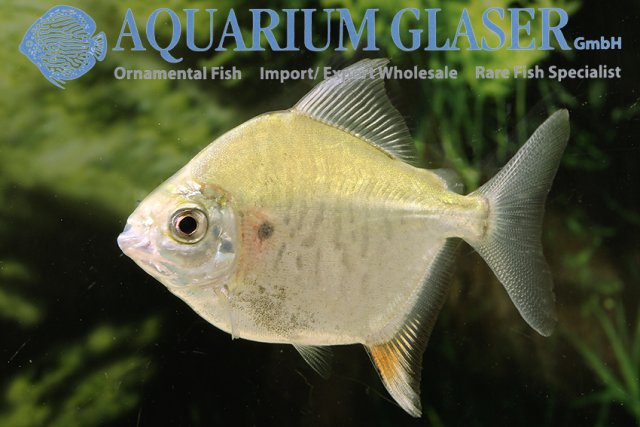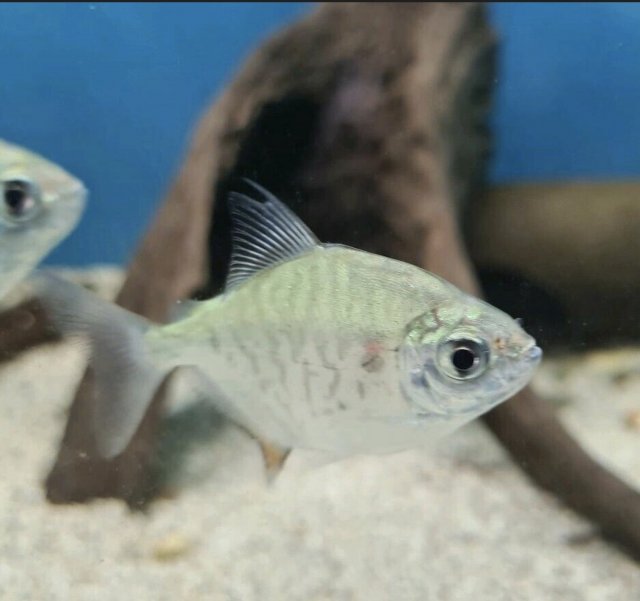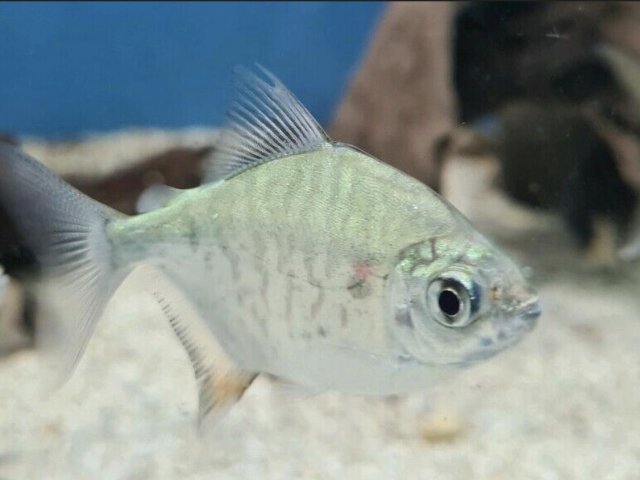Rare silverdollar ID
- Thread starter Xeno
- Start date
Can’t help with if, but beautiful fish. The tiger like stripes do look like those on fish that have been referred to as M. Asterias. But I can’t vouch for the veracity of that I’d. Gorgeous!!!
I would agree that they do not appear to be what they are listed, however I cannot point you in the right direction for a confirmed ID at this time. Let me go through all of my old import logs and see what I can come up with. I have dreamt with this sp. before, but cannot remember the species. I'll try and have an answer within the next day or so
Dealt, not dreamt*****I would agree that they do not appear to be what they are listed, however I cannot point you in the right direction for a confirmed ID at this time. Let me go through all of my old import logs and see what I can come up with. I have dreamt with this sp. before, but cannot remember the species. I'll try and have an answer within the next day or so
To make everything even more confusing:
Glaser says the fish have been imported as Tometes kranponhah from Rio Xingu but now the exporter labeled them as Mylesinus paucisquamatus from Rio Tocantins.
IF these silverdollars are from the Rio Xingu they most likely are M. setiger.
Glaser says the fish have been imported as Tometes kranponhah from Rio Xingu but now the exporter labeled them as Mylesinus paucisquamatus from Rio Tocantins.
IF these silverdollars are from the Rio Xingu they most likely are M. setiger.
These are my thoughts on this as well. I have not found anything to challenge this, but if they came from the Rio Xingu, I do belive they are M. setiger.To make everything even more confusing:
Glaser says the fish have been imported as Tometes kranponhah from Rio Xingu but now the exporter labeled them as Mylesinus paucisquamatus from Rio Tocantins.
IF these silverdollars are from the Rio Xingu they most likely are M. setiger.
Hey,
yea that's what I'm thinking as well.
They look like juvenile setiger also.
The fishdealer says they are wc from Rio Araguaia.
I'm quite tempted to get three and grow them out.
If we look at this picture from aqua-imports.com, you can clearly see that this fish looks way more like Tometes than the ones I posted.
yea that's what I'm thinking as well.
They look like juvenile setiger also.
The fishdealer says they are wc from Rio Araguaia.
I'm quite tempted to get three and grow them out.
If we look at this picture from aqua-imports.com, you can clearly see that this fish looks way more like Tometes than the ones I posted.
I will not be able to resolve the identification of the fish shown in Glaser +2 (see original pictures in post) but I would like to offer some points to consider.
Based on my analysis of published literature available my ‘conclusions’ are (= I believe that…),
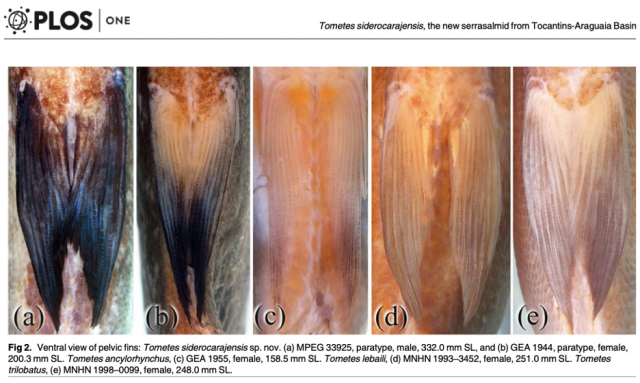
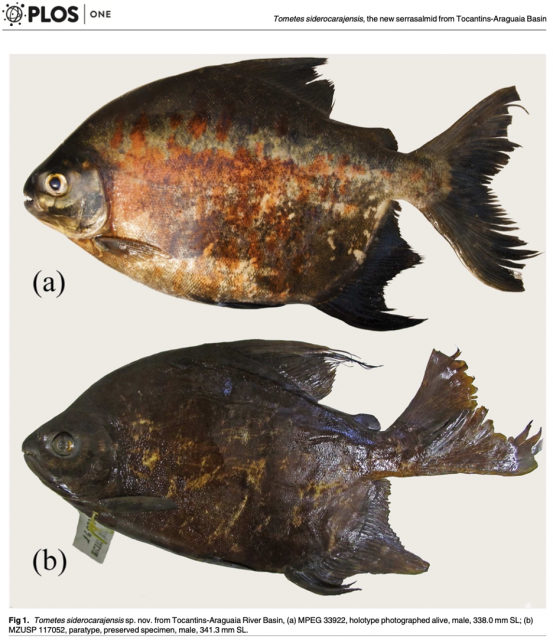
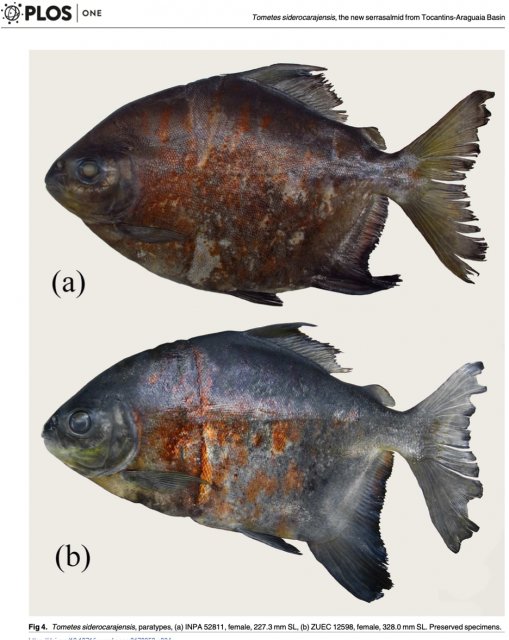
My arguments against id as Tometes kranponhah Andrade et al 2016.
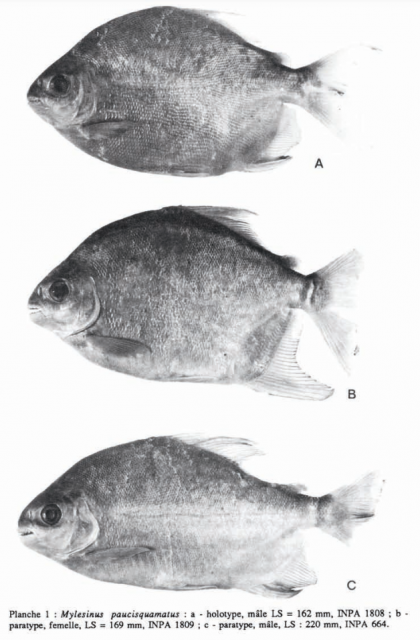
Comparison with type specimens of Myloplus asterias Muller & Troschel 1844, and other "asterias":
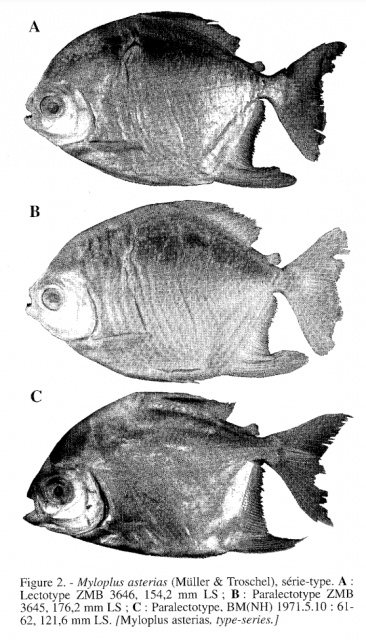
A number of people who post here have specimens that have been said to be M. asterias. They may be, but this is not certain, and achieving a consensus of opinions would be very nice but not easy. It would be great if people would make it a point to post clear pictures of some of their specimens.
Lastly, a helpful consideration to keep in mind when attempting to ID the Glasser+2 specimens (based on most up to date morphological, molecular and geographic information (Kolman et al 2020. Phylogenomics of Piranhas & Pacus - Serrasalmid phylogeny, parallelism & convergence SystBiol 70(3)576-592)
Based on my analysis of published literature available my ‘conclusions’ are (= I believe that…),
- The specimens shown in the Glaser + 2 additional (hereto Glaser +2) are NOT siderocarajenis. However, I don’t know for sure what they are
- I do believe the specimens from Glaser +2 are ALL THE SAME SPECIES.
- They are probably NOT Tometes kranponhah, and NOT Mylesinus pacisquamatus
- Most likely Myloplus asterias but I am not certain, as explained below.
- IMMATURE FEMALES (perhaps 3-5 in), possibly not showing characteristic features of adult of whatever species
- Lower lip protruding beyond upper lip
- “Tiger” or “zebra pattern in all specimens
- Pelvic fins hyaline in color (no evidence of any black or dark)
- Anal fin red, with the largest ray, and edge of the whole fin lined black
- Large RED humeral blotch that begins immediately past the operculum and extending vertically mainly ventrally, only reaching the lateral line, but NOT going above it.
- A much smaller, BLACK humeral blotch by the distal end of the RED blotch (thus way beyond the operculum), below and not reaching the lateral line, vertically located about IN LINE with the eye’s pupil.
- A third, small, dark(ish) blotch WITHIN OPERCULUM, just beyond the pre-operculum, NOT contained within the large red blotch, and BELOW the imaginary line of the eye’s pupil.
- With aquarium fish, the MAIN characters cannot be evaluated (scales, fin rays, skeletal evidence, teeth). This is the hard evidence that ichthyologists base IDs on, together with molecular evidence and data from distribution patterns.
- Thus, in aquarium fish and photos characters available are usually only overall shape and coloration. Comparing this with the type material or scientifically described specimens of each species is only possible IF the latter actually include live coloration, and series of specimens depicting both sexual dimorphism and ontogenic changes (growth series, immature, versus adults). This is rare, even in new publications, and often non-existing in species described just a few decades back.
- The fact that the actual source of the fish (Glasser +2) is not known further complicates things (they have been said to be either from the Xingu, and the Tocantins Basins). T. siderocarajensis is not known from the Xingu, only from part (a limited portion) of the Araguaia-Tocantins Basins
- Ids based on the shape of the snout, specifically, upper lip protruding, versus lower lip protruding- Although there are indeed some differences among taxa, these likely change (somewhat) through development. In addition, the published descriptions of each taxa don’t always quite correspond with the images of the type material of that taxa (in the same publication!). Thus, perceived differences assessed from photos cannot alone be considered decisive arguments in many cases.
- From original description: ”T.” siderocarajensis has “dense pigmentation on [either] distal portion of pelvic fin rays (versus hyaline], or the entirety of the pelvic fins”. There is NO BLACK in any of the Glaser +2. NOT SIDERO
- All photos from Glaser + 2 have a lower lip strongly protruding beyond upper lip. Types of siderocarajensis DO NOT have this feature, and both upper and lower lip are similar (or slightly opposite photos of Glaser +2) Inconclusive, but do not support SIDERO
- Although a recent described species (2017), Juvenile coloration of this species not described or shown in original description or anywhere else. Described from 31 specimens (Holotype and 30 paratypes). Only a single lot included any “small” specimens (7 specimens, ranging 84.9mm- 352mm (3.5 inches – 13.8 in. Thus, potentially only one small specimen!). The next smallest specimen in other lots was 176mm (7.5 in), the overall mean 280mm (11 in), and the maximum size 341mm (13.4 in). At this time no other scientific publication describes additional specimens of “T” siderocarajensis. Coloration AND shape of juvenile and immature SIDERO are unknown.



My arguments against id as Tometes kranponhah Andrade et al 2016.
- Original description states “mouth terminal”, and “upper jaw slightly larger than lower jaw”. In Glaser+2 the lower jaw protrudes (opposite condition as above) NOT kranponhah
- Original description: “Diffuse blotch sometimes covering the humeral region [no color stated], gently elongated vertically, composed of several melanophores [thus dark]”. No such vertically elongated blotch in Glaser +2 probably not kranponhah
- Original description: “Pelvic fins light brown” not inconsistent with kranponhah, but similar to several other Tometes species (excluding T. siderocarajensis).
- No mention of zebra stripes.
- Orig. description: Body uniformly silver. No mention of any zebra stripes. not PAUCI.
- Orig. description: Anal fin orange (~Red?]. No mentio9n of black lining on anal fin. Several related species shared a red anal fin, and several may have black lining not a specific diagnostic character.
- Photos of type series (two males, one female) – Shape of snout not consistent with Glaser +2 specimens. Mouth approximately terminal to upper lip protruding slightly over lower lip Not PAUCI
- No evidence (on photos) of humeral spots, at least not evident in preserved specimens ? Not paucisquamatus?

Comparison with type specimens of Myloplus asterias Muller & Troschel 1844, and other "asterias":
- Shape of snout difficult to assess, but not necessarily showing lower lip protruding as in Glaser +2. (Photos of type series at NHMUK published by Jegu et al 2004 – reassessment of Myloplus asterias. Specimens are a certain female (c) and 2 specimens (a,b) that appear to be male, but I am not certain)
- No obvious humeral spots can be seen, but of course these are long preserved specimens.

A number of people who post here have specimens that have been said to be M. asterias. They may be, but this is not certain, and achieving a consensus of opinions would be very nice but not easy. It would be great if people would make it a point to post clear pictures of some of their specimens.
Lastly, a helpful consideration to keep in mind when attempting to ID the Glasser+2 specimens (based on most up to date morphological, molecular and geographic information (Kolman et al 2020. Phylogenomics of Piranhas & Pacus - Serrasalmid phylogeny, parallelism & convergence SystBiol 70(3)576-592)
- Don’t worry too much about the genera associated with species names at this time (Mylesinus, Myloplus, Tometes, and Utiaritichthys are still varyingly unresolved, and POLYPHILETIC, i.e, in need of revision, splitting and better resolution based on missing molecular data). In other words, worry only about the species names currently in use, which DO seem justified, based on molecular data.
- Tometes is now restricted geographically to the Guiana Shield, and currently the only names in it may be T. trilobatus (type species) and T. lebaili.
- Several other species considered within Tometes are now referred temporarily to “Tometes” (awaiting re-assigning, and further data), as this group is now known to include some Myloplus and others. Further, several species now in Myloplus may belong in other genera.
- Unfortunately, Kolmann et al 2020 DID NOT include the sequences of “T.” siderocarajensis in their analysis.


